[bannerTop]
Welcome to our Deskapp “Virus” removal guide. The following instructions will aid you in removing the unwanted software from your PC.
Like most programs of the adware category, Deskapp “Virus” can be pretty annoying and you must agree, given you’ve found this page. The many ads, popup windows, banners, in-text links that have become an inherent part of your Chrome or Firefox browser are sure to be driving you up the wall by now. Luckily, this is you last stop before becoming ad-free. In this article we will provide you with everything you need to know about adware and Deskapp “Virus” and at the end you will find a removal guide that will walk you through the process of uninstalling the invasive program. You may have already noticed that your regular uninstallation techniques have done nothing towards the removal of both Deskapp and the many adware-like programs such as Amulesw, WinSnare, BikaQRSS. That’s because this software knows how to hide. Keep reading and very soon you will have rid yourself of this bothersome piece of programming.
What is adware? Why is it on my PC?
Adware means advertising software, hence the hordes of ads you’ve been seeing ever since this program became part of your system. The ads are of various products and services, whose vendors and producers pay crazy money for them to appear on your screen. The developers behind Deskapp and other such software are the ones who get paid and to be exact, they are paid for every click each and every one of the ads receives. This is possible thanks to the well-known Pay Per Click remuneration scheme, which is beneficial for both the programmers and the vendors. The only one who doesn’t seem to benefit in this equation is the end user, who is often left wondering what on earth happened and what they did to deserve the insane streams of ads.
Well, for starters, users are often themselves guilty of ending up with the undesired program. This happens due to negligence and carelessness on their behalf, which by the way is also the number one reason for virus infections, as well. Many cases of malware infections, even those with such terrible threats as Trojans and ransomware, could have been avoided if people were to just be more conscious of their browsing habits. For example, in the case of Deskapp – do you know where you landed it? No? Or maybe you have a hunch? Well, adware is most commonly distributed within the installers of other, more attractive programs. These packages are usually called bundles and can be typically downloaded for free from different file sharing sites and open source download platforms. Unless you read the EULA of the given program you’re downloading, you will most likely not be given any information regarding the added content. To see it, however, you need to customize the installation settings in the wizard, which is what most users neglect doing. Once you opt for the advanced or custom option, you will be able to choose which programs will be installed and which will be left behind.
Is Deskapp dangerous?
Technically speaking, Deskapp is not considered a virus or malware. Adware in general may be often categorized as potentially unwanted programs, but that’s more because of their intrusiveness and their ability to collect browsing-related data from users’ computers. The practice is justified in the sense that it helps the program display ads that are more relevant to the user, however, it’s unsettling to most, as it’s often seen as a privacy invasion. Aside from that, adware isn’t really capable of doing much else while on your system, let alone harming it. However, due to the numerous ads that it generates, it could potentially start slowing down your computer and start causing browser crashes, system malfunctions, screen freeze, etc. This is mainly because of the amount of resources this software usually calls upon, so this may be another reason to consider removing Deskapp rather quickly. Another important point, which is again the result of the many ads, is the possibility of being exposed to viruses. Hackers and cybercriminals have been injecting various online advertising materials with malicious scripts, such as ransomware and Trojans. These ads look no different from your regular ones, but one click will land you a threat that could prove fatal to your system and the files on it. Be sure to avoid contact with the ads you see on your screen, no matter how tempting they may look. Whatever product is on them, it surely won’t be worth the devastation that could follow.
Deskapp “Virus” Removal
I – Uninstallation
[bannerMiddle]
- Use the Winkey+R keyboard combination, write Control Panel in the search field and hit enter.

- Go to Uninstall a program under Programs.

- Seek the unwanted software, select it and then click on Uninstall
- If you are unable to spot Deskapp, search for any unrecognized programs that you do not remember installing on your PC – the unwanted software might disguise itself by going under a different name.
II – Safe mode and revealing hidden files
III – Cleaning all your browsers
- Go to your browser’s icon, right-click on it and select Properties.

- Go to the Shortcut tab and in the Target make sure to delete anything written after “.exe”.

- Now, open your browser and follow the instructions below depending on whether you are using Chrome, Mozilla or IE.
- Chrome users:
- Go to your browser’s main menu located in the top-right corner of the screen and select Settings.
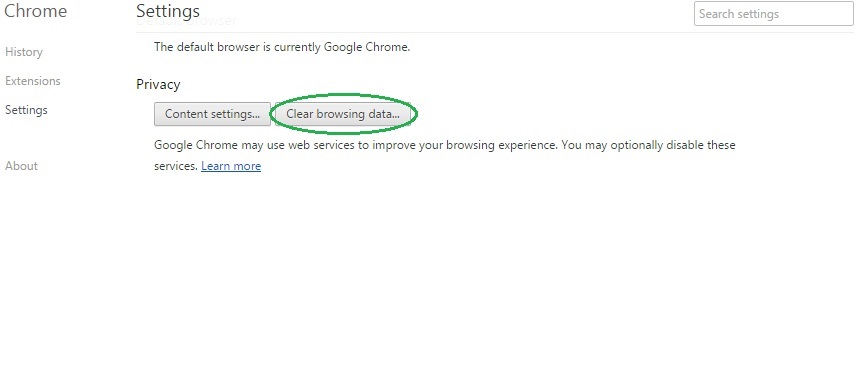
- Scroll down, click on Show Advanced Settings and then select Clear browsing data. Just to be sure, tick everything and clear the data.
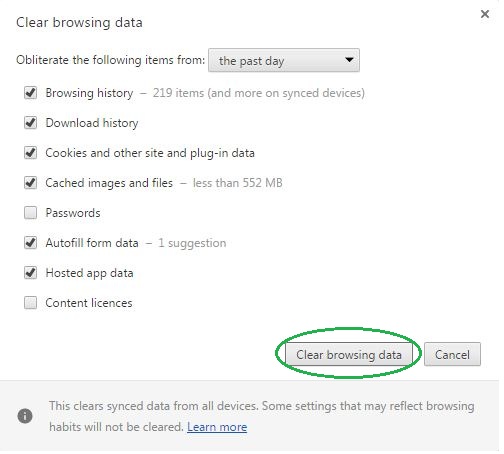
- Now, in the left pane, go to Extensions and look through all extensions that are integrated within your browser. If you notice any suspicious add-on, disable it and then remove it.
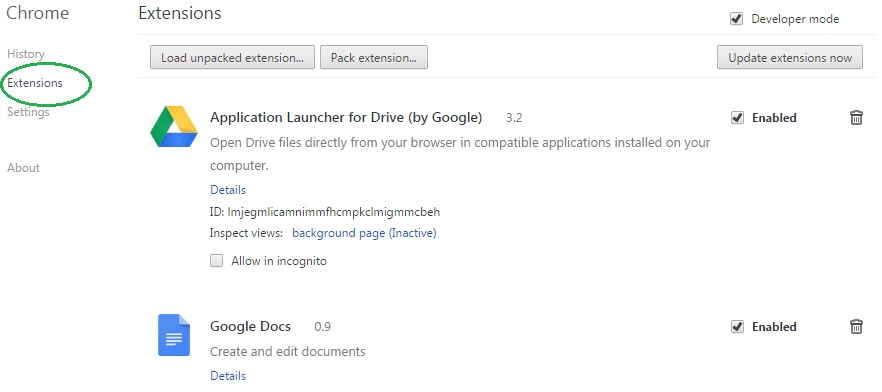
- Firefox users:
- Similarly to Chrome, go to the main menu and select Add-ons and then Extensions.
- Remove any suspicious browser extensions that you may have even if they do not have the name Deskapp on them.
- IE users:
- Go to Tools and select Manage add-ons.

- Click on all add-on types from the left pane and check if there is anything suspicious in the right panel. In case you find anything shade, make sure to remove it.
IV – Removing Shady processes
[bannerMiddleSecond]
- Go to your start menu, type Task Manager in the search field and from the results open View running processes with Task Manager.

- Thoroughly look through all processes. The name Deskapp might not be there, but if you notice any shady looking process that consumes high amounts of memory it might be ran by the unwanted program.
- If you spot the process ran by Deskapp, right-click on it, open its file location and delete everything in there. Then go back to the Task Manager and end the process.

V – DNS check
- In the start menu search box write View Network Connections and open the first result.
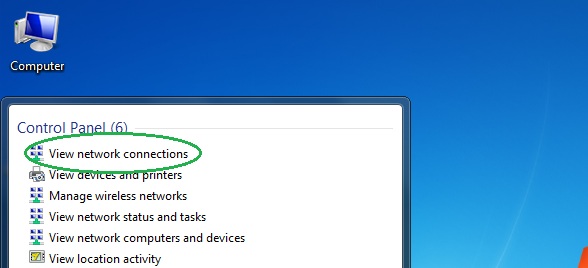
- Right-click on the network connection you are using and go to Properties.

- Select Internet Protocol Version (TCP/IPv4) and click on Properties.

- If Obtain DNS server addresses automatically is not checked, check it.
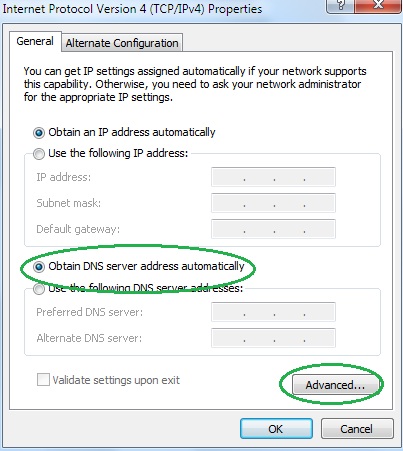
- Go to Advanced and select the DNS If there is anything in the DNS server addresses field, remove it and click OK.

- Click OK on the rest of the opened windows.






